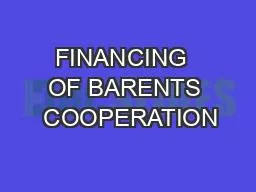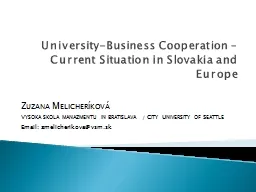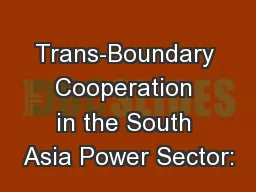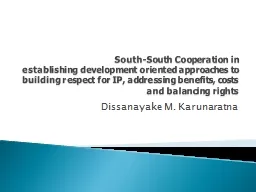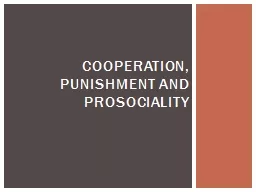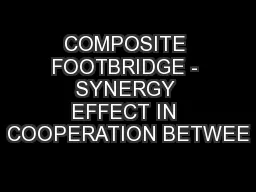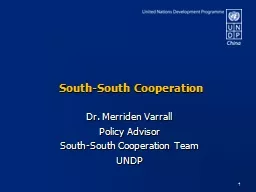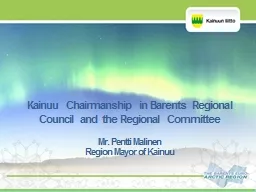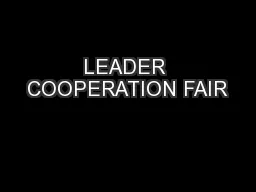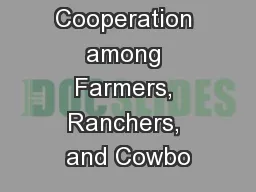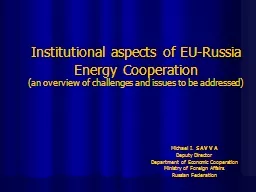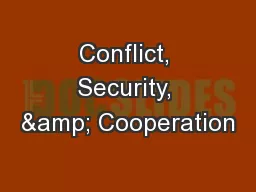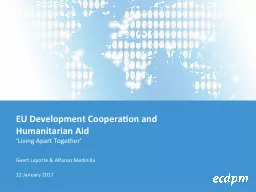PPT-FINANCING OF BARENTS COOPERATION
Author : slygrat | Published Date : 2020-06-19
The Final Report of the BEAC Ad Hoc Working Group on Financial Mechanism Study NPA Annual Conference 2015 State of the R egion September 30 2015 Kuopio
Presentation Embed Code
Download Presentation
Download Presentation The PPT/PDF document "FINANCING OF BARENTS COOPERATION" is the property of its rightful owner. Permission is granted to download and print the materials on this website for personal, non-commercial use only, and to display it on your personal computer provided you do not modify the materials and that you retain all copyright notices contained in the materials. By downloading content from our website, you accept the terms of this agreement.
FINANCING OF BARENTS COOPERATION: Transcript
Download Rules Of Document
"FINANCING OF BARENTS COOPERATION"The content belongs to its owner. You may download and print it for personal use, without modification, and keep all copyright notices. By downloading, you agree to these terms.
Related Documents

